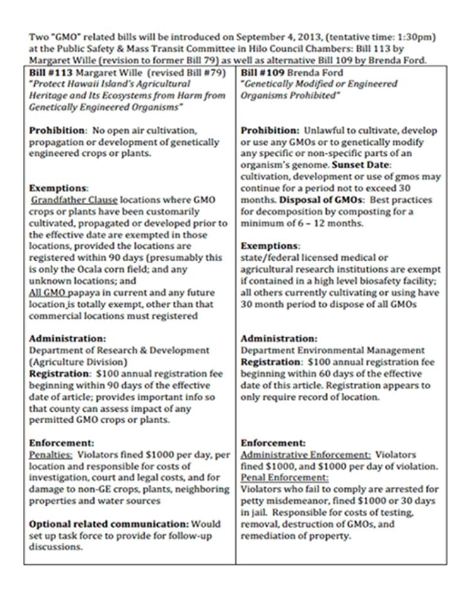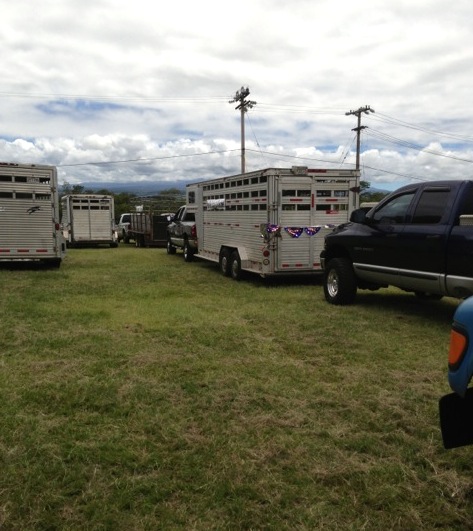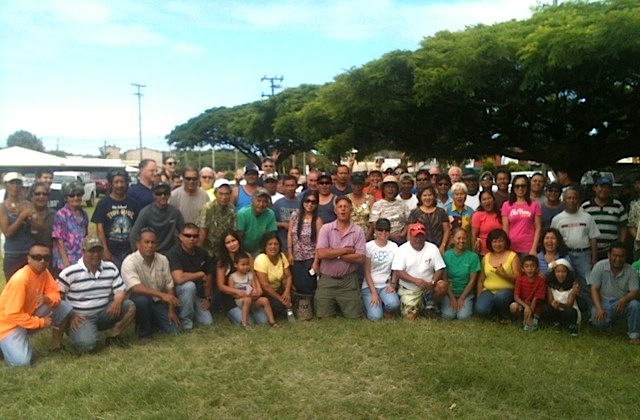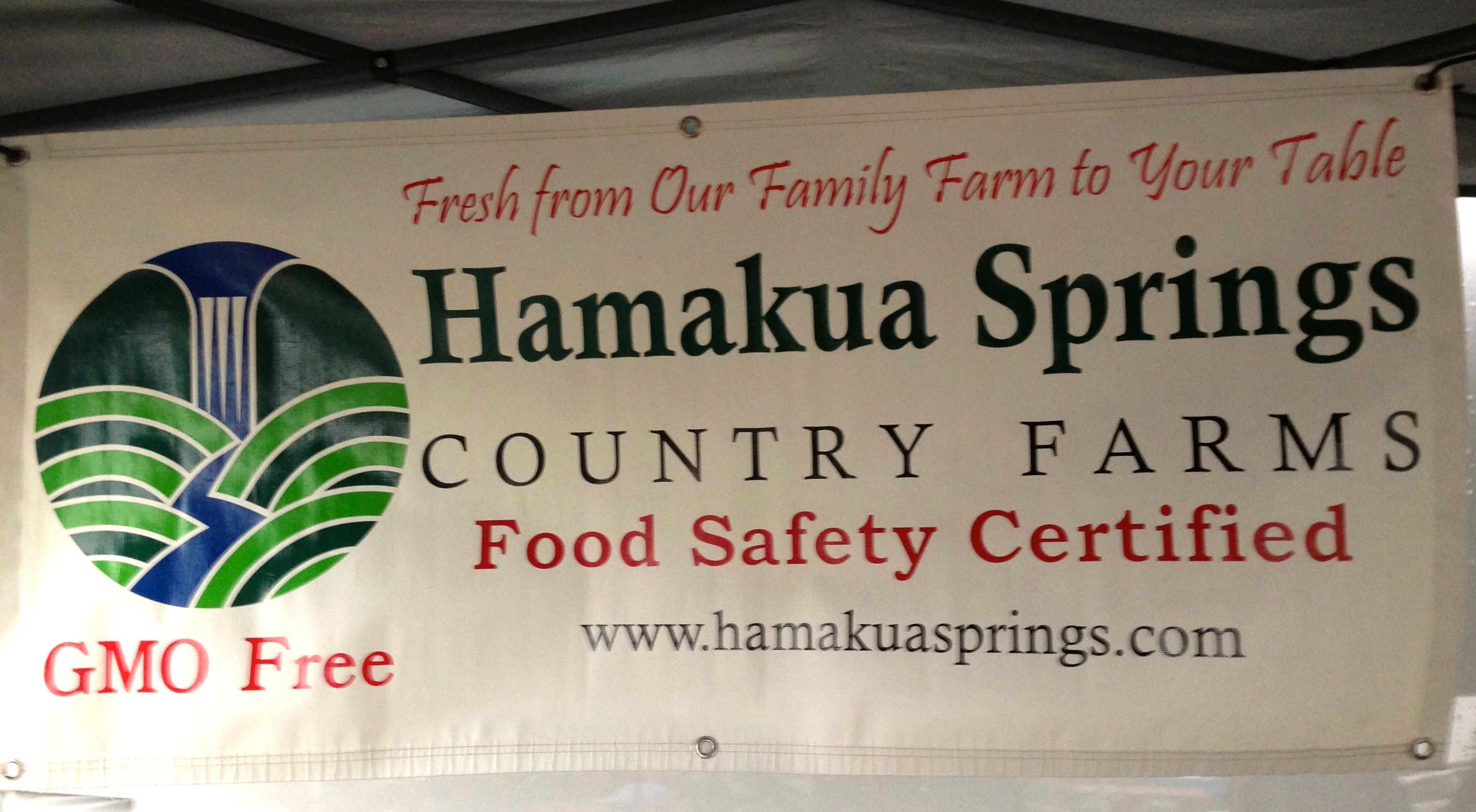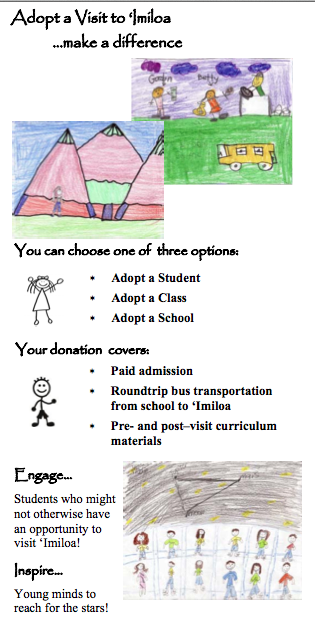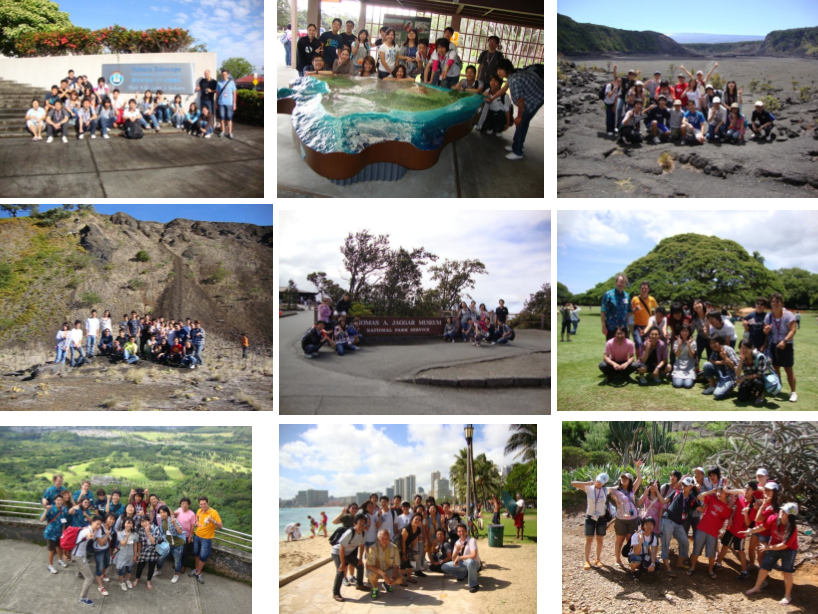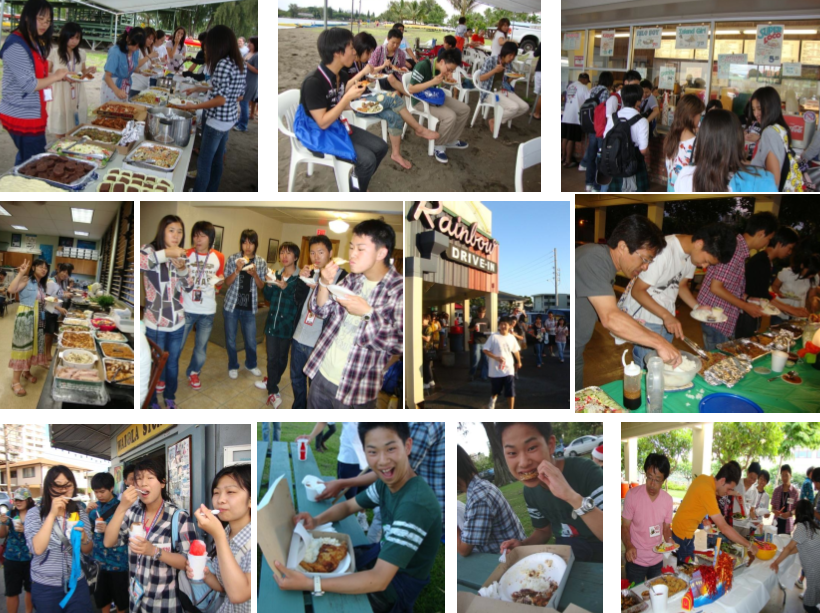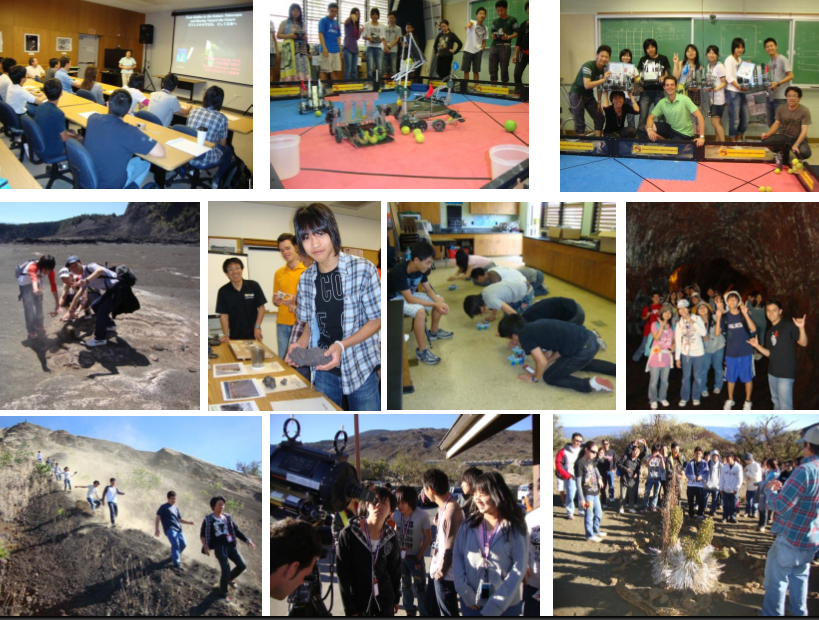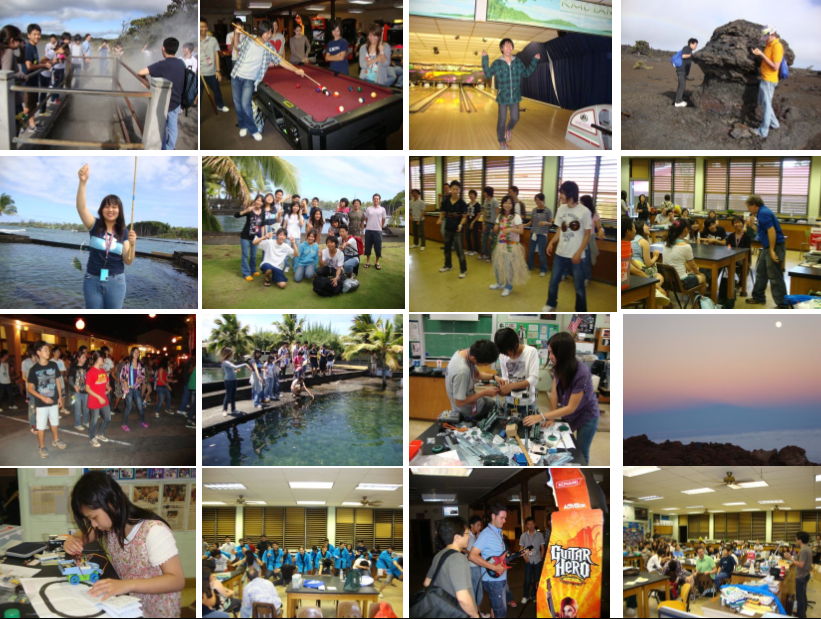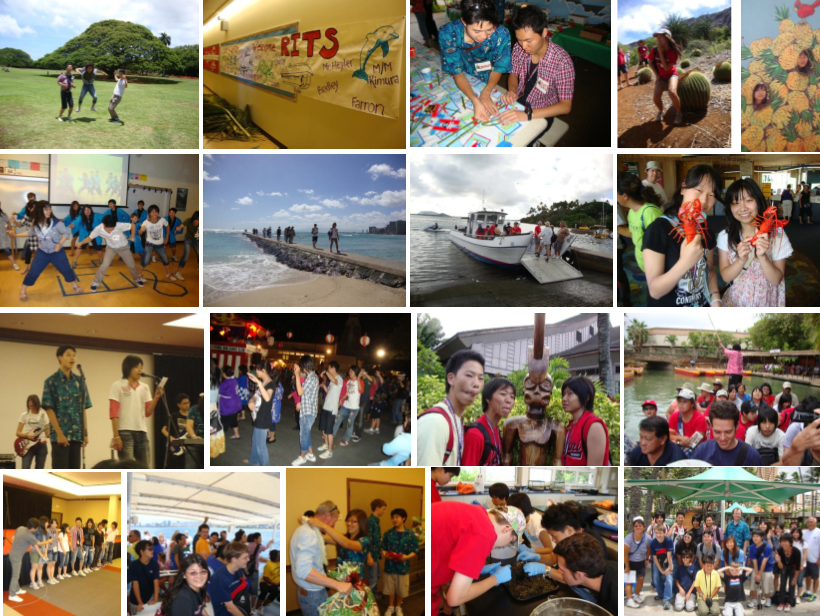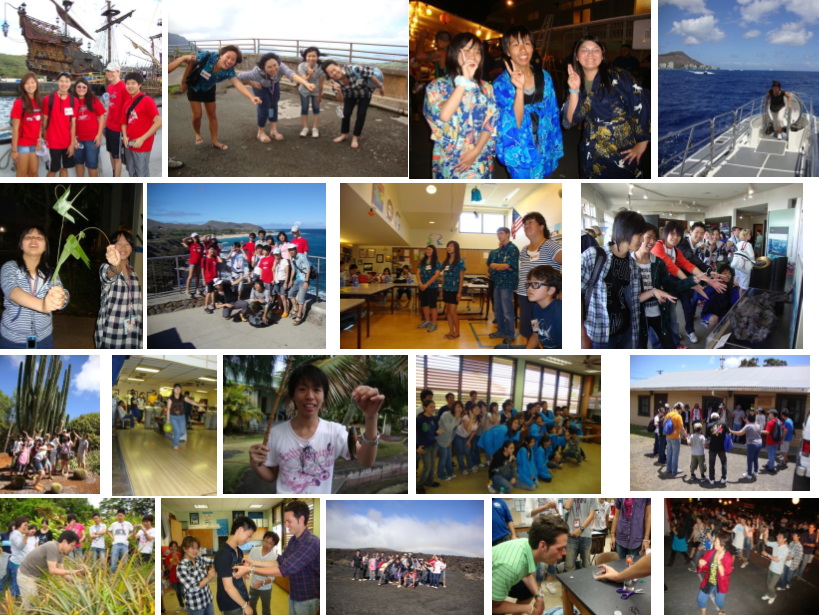The first Hawaii International Micro Robot Conference and Tournament will be held at ‘Imiloa Astronomy Center in Hilo from July 16 through 19, 2010.
Art Kimura, Education Specialist for the Hawai‘i Space Grant Consortium at UH Manoa, says the conference is primarily to begin a discussion on how Big Island can benefit through micro mechanisms.
“Whether for R&D,” he says, “for actual production, for prototyping, partnerships and relevant applications including medical, agriculture, security, etc. We are hoping this will be a catalyst for further interest in what would be a clean industry (since they are micro devices, the facilities are not large).”
Richard is very interested in this, and says that from a business perspective he can see micro manufacturing taking off on the Big Island where geothermal electricity would be cheap.
“Because it is small by volume,” he says, “freight cost would not a large factor. The higher the input cost of electricity, the more competitive we become.”
“This is a field where we could become world leaders,” he says.
Also, the University of Hawai‘i at Hilo is hosting the 9th Annual ROV Competition on June 24-26, 2010. This video describes the international student underwater robotics competition.
Hilo is the perfect location for the competition because this year’s theme is underwater volcanoes. The event will be held at the Olympic-sized outdoor swimming pool at UH Hilo’s Student Life Center.
About 60 teams from all over the world are participating, including five from Hawaii:
• Kapiolani Community College, Honolulu
• Kealakehe Intermediate School, Kailua-Kona
• Moanalua High School, Honolulu
• Highlands Intermediate School, Pearl City
• Hilo High School, Hilo
ROVs are remotely operated vehicles, also known as underwater robots or robot submersibles. They’ve been in the news a lot lately because they’re a critical tool in the attempts to manage the oil spill in the Gulf of Mexico. Skilled ROV engineers and operators are needed in many marine technology industries that have importance in Hawaii, not just the oil and gas industry.
And they also have applications in science and exploration. For example: an ROV was used to explore the Marianas Trench, the deepest part of the ocean, and an ROV was used to discover the location of the sunken Titanic.
The competition helps students develop the technology, piloting and teamwork skills needed to design, build and operate an ROV in a “real-world” setting and exposes them to marine technology careers. And if they decide working on ROVs isn’t right for them, they’ve still developed science, technology, engineering, math and teamwork skills that will be invaluable in any field.
The International Student ROV Competition is organized by the Marine Advanced Technology Education (MATE) center in Monterey, California.
Here is an email from Art Kimura about the 20th annual Future Flight Hawaii program:
From: Art Kimura
Sent: Sunday, June 20, 2010 2:46 PM
Subject: inspiring…the 20th annual Future Flight Hawaii program… misson complete
Aloha; Rene and I want to thank you all for being part of our 20 year journey….conceived and executed by a group of brave, perhaps naive on our part, 18 teachers in 1991, we are in awe of the teachers we have been privileged to work with. We should remember our first “boss,” George Mead,
DBED Office of Space Industry, who trusted us to initiate this program, and to Patti Cook who introduced us to the opportunity.
Truth be told, the program was to have ended some 15 years ago when the Office of Space Industry was shut down; through being adopted by the Hawaii Space Grant Consortium (mahalo to all at Spaced Grant…Dr. Luke Flynn, Dr. Jeff Taylor, Dr. Peter Mouginis-Mark, Marcia Sistoso, Eric Pilger, Linda Martel, Lorna Ramiscal and others), we have managed to continue the program…significantly changed from the week long and weekend residential
programs, these family engagement programs continue to be among the most requested programs to be sure. We thank the University of Hawaii at Hilo (Chancellor Rose Tseng, and the UHH Conference Center) which provided the facilities and services in the initial years before the program moved to the Kilauea Military Camp, then expanded to Maui (thanks to Betty Brask), Kauai (thanks to Cheryl Shintani) and Oahu. NASA specialists including Tom Gates, Greg Vogt, Cheick Diarra, Ota Lutz, Wayne Lee, David Seidel and others, HIGP scientists (Luke, Jeff, Scott Rowland and others), Gemini Telescope specialists (Peter Michaud, Janice Harvey), the UH College of Engineering,
and many other community specialists and resources have contributed to the program. We thank Creative Arts Hawaii for their long time support in designing the T shirts, bags and other materials that we have provided to the over 8,500 participants.
We have been honored to have worked with over 175 teachers as part of our mission control team, the summer institutes that we offered for credit and volunteers….they are truly educators with the right stuff.
How long do we continue is a frequently asked question….the initial goal of 10 years has long passed…then more recently, a personal goal was to have one of our grandchildren attend (oldest will not qualify for another
2 years)…but Morgan Nakamura who attended as a 4th grade student from Mililani in our first year, 1991, and who has been teaching business education at Pearl City High School (and is to be a state CTE resource teacher this fall), asked if we could continue the program for another 10
years…why? Morgan is to be married this October (Morgan brought her fiancee to the program and he passed the FF board of review) and she hopes her child will be able to attend. So old folks like Rene/I will have to pull out our walking canes or better, pass the torch to a new generation, to continue it into the future. With NASA’s vision of exploration changing under President Obama (no return to the moon), we will have to come up with new contextual themes to be sure.
We are grateful to you all for the engaging and creative lessons; we are always in awe of seeing how the lessons unfold under your imagination…..the paper roller coasters put the parents and children to work until late at night and there were amazing results on Sunday to be sure (thanks to Wendell, Arlene and Clyde)….the children surely enjoyed the special solar cooked snacks made in their own solar ovens (thanks to Glenn, Sylvia and Jan) ….the extensive mineral collection from Roger’s personal treasure provide a college level experience for all (thanks to Roger and Matt)….the worm decomposers modules were so engaging that even the squeamish were holding worms (of course Wendi’s Connor told me that his mother would scream at the worms)…we hope the new annelid family members will be part of Earth’s renewal and recycling (thanks to Colleen for drilling all the holes in the bins, to Cyndi for bringing your own annelid collection, and to Donna and Andrea), the planes were flying in the hall ways after the lessons on flight by Dale and Lani, you could drink contaminated liquids after the filtering of the liquids by Carole, Morgan and Joann, the polymer module added to their knowledge of how useful these materials are (thanks to Arlene, Wendell, Clyde) and students learned about leaves through the leaf identification lessons and fresh and dried leaves (thanks to Sylvia, Jan and Glenn).
We were so excited to see the debut of the newest Princess Teriyaki (how many have we had over the years)….Claire Sakata, daughter of Dennis, who spent two years in Japan in the JET program, and will be student teaching at Kapalama Elementary this fall, introduced her study of Japanese magic in such a dramatic way…Claire, please reserve October 16 to be on stage with Roger and Dale at the Astronaut Lacy Veach Day science magic program. The Space Science Magic brought back many memories of demonstrations from years past and the videos brought by Randal, Dennis and Dennis were amazing as well. Thanks to everyone for your hard work.
Randal Lau has generously spent extraordinary time to post the 2010 graduation videos and other videos from our Future Flight archive on:
http://picasaweb.google.com/boar59/FutureFlightHawaiiVideos?authkey=Gv1sRgCK
fyoaj4naDWYQ#
We hope it will provide everyone with great memories from this and from past years.
We are appreciative for the certificates of recognition from the State Senate presented by Senator Norman Sakamoto to Dr. Flynn, and from Governor Lingle, presented by Dr. Taylor, honors that reflect the long term commitment of all of the teachers and volunteers to develop creative and engaging lessons for the participants.
Future Flight Hawaii blasts off on our 21st annual program in June 2011 with an International Mission to Mars program.
We hope you will join us at:
July 17, 2010: Imiloa Astronomy Center, 6:30 p.m.-8:00 p.m.; public event for the 1st Hawaii Micro Robot Conference and Tournament: origami presentation by Hidenori Ishihara, robotics Professor, Kagawa University,
Shikoku, Japan, and bipedal robot demonstrations by Risa Sato, student at Shizuoka High School, winner of 2009 Bipedal robot competition at Nagoya University, and Hideaki Matsutani, technical education instructor, Meinan
Technical High School, Nagoya.
1st Children and Youth Day BrushBot tournament, October 3, 2010, State Capitol auditorium (if your child’s school wants to enter a team, please have the teacher contact us for workshop information and registration);
mahalo to Senator Chun-Oakland for the invitation.
*additional brushbot tournament to be hosted on the Big Island
9th annual Astronaut Lacy Veach Day of Discovery, October 16, 2010, Punahou School (http://www.spacegrant.hawaii.edu/Day-of-discovery/)
*keynote speaker: Kalepa Babayan, master navigator; content specialist,
Imiloa Astronomy Center…and the expanded Future Flight Weird Science team (Dale, Roger…and Claire)
11th annual Astronaut Ellison Onizuka Science Day, January 22, 2011, University of Hawaii at Hilo
(http://www.spacegrant.hawaii.edu/OnizukaDay/)
VEX robotics tournaments: http://www.hawaiiroc.org/ October 2, 2010: Maui County Fair (Baldwin High School gym) November 11, 2010: Iolani School gym November 20, 2010: Imiloa Astronomy Center December 3-4, 2010: Hawaii Convention Center
*3 other Oahu VEX tournaments to be scheduled
If you would like volunteer at these robotics or the Onizuka or Veach Day programs, please let us know.
Thank you again for being a part of our 20th annual program…we hope the rest of the summer provides time for relaxation and for family and friends to gather. It truly was a joy to work with you …. Art and Rene
Art and Rene Kimura
Future Flight Hawaii
Hawaii Space Grant Consortium
Home
phone (808) 934-7261

